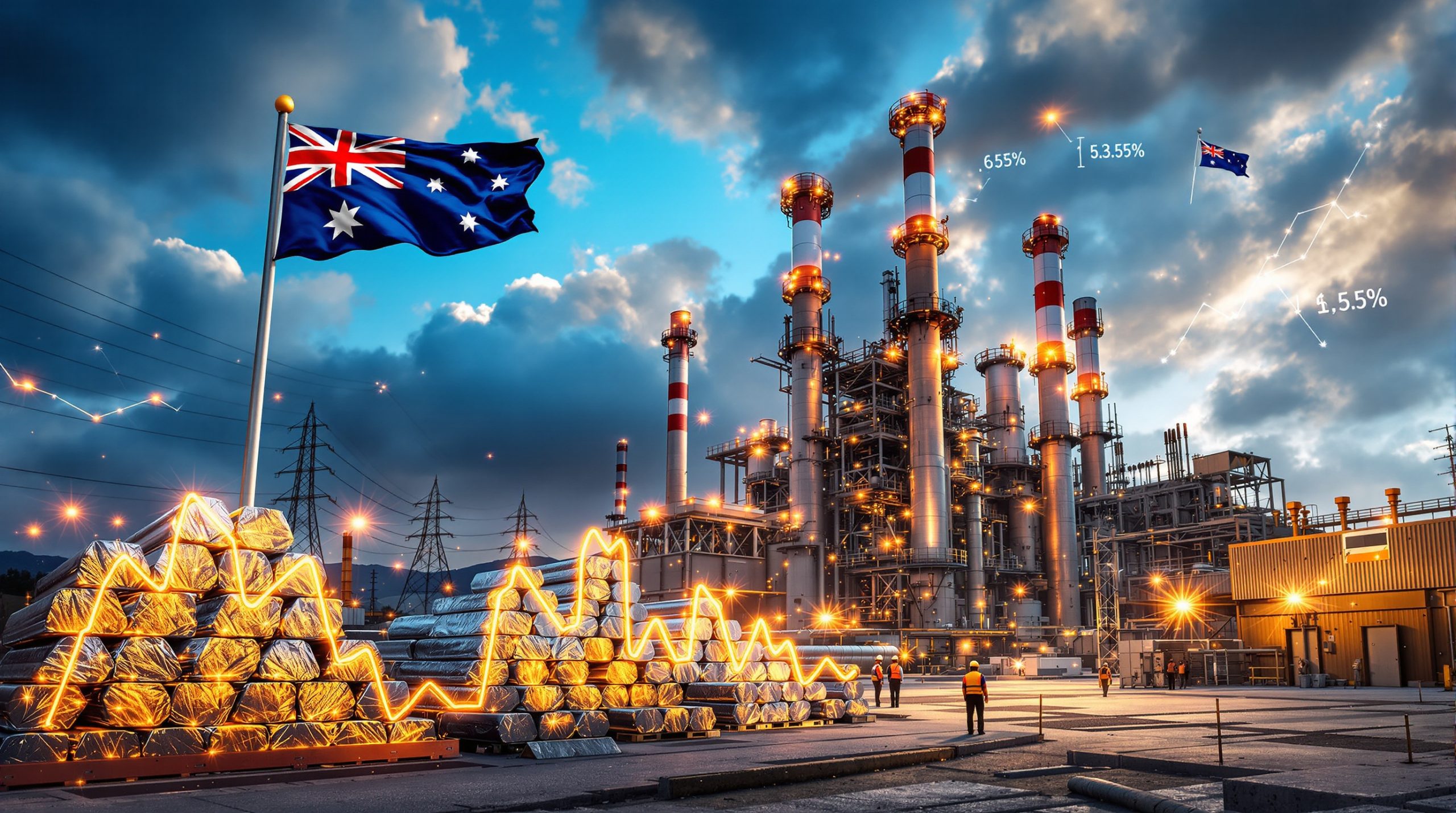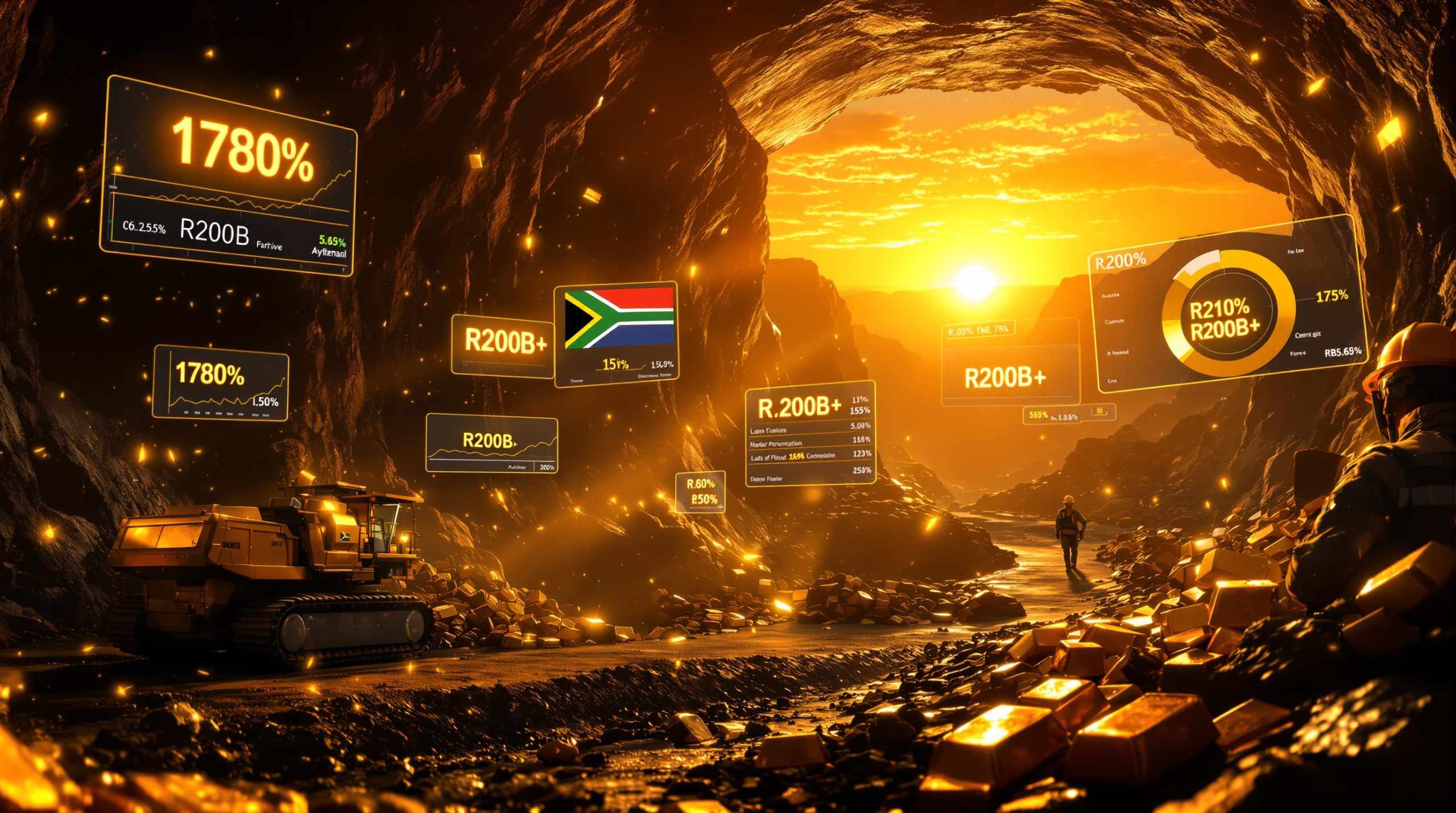The Unprecedented COMEX Gold and Silver Delivery Phenomenon
In the traditional world of precious metals trading, physical delivery of gold and silver has historically been the exception rather than the rule. Today, however, we're witnessing what appears to be a fundamental shift in market dynamics as delivery rates reach unprecedented levels, signaling potentially significant changes in how these markets function and how investors should approach them.
Record-Breaking Physical Deliveries
The COMEX (Commodity Exchange, Inc.) futures market has historically operated with less than 1% of contracts resulting in physical delivery. Most traders simply rolled positions forward or settled in cash. This long-standing pattern has dramatically reversed in recent months, with delivery rates reaching 100% in certain contract periods.
The August 2023 gold contract provides a striking example: in just the first three days, 20,160 gold contracts stood for delivery – representing 100% of contracts. This translates to approximately 2,016,000 ounces of gold with a market value of roughly $7 billion. For silver, the first five days of the August contract saw 1,721,192 ounces delivered, while 1,890,316 ounces were withdrawn from warehouses – meaning more metal left the system than entered it.
These figures represent more than just statistical anomalies; they signal a potential sea change in market participant behavior and priorities amid the ongoing gold market outlook.
The Historical Significance of Current Delivery Trends
The United States has traditionally been a net exporter of gold for decades. However, since November 2022, this trend has dramatically reversed, with over $100 billion worth of gold being imported – the most substantial inflows since the post-World War II era and the establishment of the Bretton Woods monetary system.
This historic shift raises fundamental questions about global monetary flows, strategic reserves, and changing priorities among major financial players. The magnitude of this reversal cannot be overstated – we are witnessing gold movement patterns not seen in over 70 years.
Understanding the COMEX Ecosystem
To appreciate the significance of these delivery statistics, it's crucial to understand how the COMEX ecosystem operates. When physical metal leaves the COMEX warehouse system, its return is neither simple nor guaranteed.
Metal that exits requires complete reassaying before it can reenter the system – a costly and time-consuming process where bars must be cataloged by purity, serial number, and weight. This procedural hurdle creates significant friction against the free flow of metal back into the exchange system once it departs.
This one-way flow dynamic means that metal leaving COMEX vaults likely represents a permanent removal from the trading ecosystem rather than a temporary repositioning. The practical effect is a continuous drain on available inventory that supports the paper trading market.
The Major Players Taking Physical Delivery
The scale of physical deliveries suggests the involvement of sophisticated, well-capitalized entities rather than retail investors. While definitive identification remains challenging due to the opaque nature of these transactions, several potential categories of buyers stand out.
Sovereign Entities and Central Banks
The BRICS nations (Brazil, Russia, India, China, South Africa) have openly discussed reducing dollar dependence and increasing gold reserves. Central banks globally purchased record amounts of gold in 2022 and have continued strong buying in 2023, seeking to diversify away from traditional fiat currency reserves.
China has been particularly strategic, not only purchasing through official channels but also developing infrastructure to bypass traditional Western trading hubs. They've acquired the London Metal Exchange and built extensive warehouse facilities while purchasing metals directly from miners as doré and concentrate, effectively circumventing established market structures.
Strategic Institutional Investors
Beyond sovereign entities, sophisticated institutional investors with significant capital and long-term horizons appear to be positioning themselves by securing physical metal rather than paper claims. These entities likely recognize the growing divergence between physical and paper markets and are prioritizing elimination of counterparty risk.
Andy Schectman, CEO of Miles Franklin, describes these market participants as "the most well-funded and well-informed traders on the globe who have spent north of a hundred billion that we know of."
The Exchange Stabilization Fund
Some market observers speculate that the U.S. Treasury's Exchange Stabilization Fund could potentially be involved in these deliveries under national security considerations, though conclusive evidence remains elusive. This would represent a significant policy shift if confirmed.
The Physical-Paper Market Disconnect
One of the most revealing aspects of current market conditions is the growing disconnect between physical metal availability and paper trading volumes.
LBMA Silver Reserves at Critical Levels
The London Bullion Market Association (LBMA) reportedly holds silver reserves of approximately 155 million ounces – described as a 140-year low. Yet daily trading volume officially stands at 190 million ounces, exceeding the entire physical float. Some industry experts suggest actual trading volumes may be as high as 1.9 billion ounces daily when accounting for unreported over-the-counter transactions.
This mathematical impossibility highlights the degree to which paper trading has become detached from physical reality, creating a potentially unstable market structure where multiple paper claims exist for each ounce of physical metal, potentially triggering a silver market squeeze.
Settlement Delays as Warning Signs
Perhaps most telling are the growing settlement delays in precious metals markets. The LBMA has reportedly shifted from T+1 settlement (transaction plus one day) to T+8 weeks, citing "shortage of manpower and trucks" according to Bank of England communications.
These delays strongly suggest difficulty in sourcing physical metal for delivery – a problem that wouldn't exist in a properly functioning market with adequate inventory. Similar patterns are emerging in platinum markets, suggesting the phenomenon extends beyond gold and silver deliveries in COMEX.
Strategic Global Implications
The movement of precious metals out of Western exchanges and into various strategic stockpiles carries significant implications beyond mere financial considerations.
The Disintermediation of Traditional Markets
China's approach exemplifies the strategic shift occurring: rather than participating in established Western trading venues, they're creating parallel structures and going directly to miners to purchase metals before they enter the traditional market ecosystem. This represents a form of market disintermediation that could fundamentally alter global metals trading.
This long-term strategic positioning stands in stark contrast to the short-term trading mentality that dominates Western financial markets. As Andy Schectman notes, "We think in terms of minutes. They're thinking in terms of decades."
Industrial and Defense Considerations
Silver in particular occupies a unique position as both a precious metal and an industrial/strategic resource crucial for high-tech manufacturing, renewable energy, and defense applications. As nations increasingly recognize the strategic importance of securing supply chains for critical materials, the competition for physical metal extends beyond investment considerations.
The U.S. Defense Logistics Agency has historically maintained strategic stockpiles of critical materials, and recent supply chain disruptions have heightened awareness of vulnerability in this area. The growing industrial demand for silver in everything from electronics to photovoltaics creates additional pressure on already strained physical supplies.
Price Implications and Technical Analysis
Despite the dramatic reduction in physical inventories and unprecedented delivery rates, precious metals prices have been relatively constrained until recently. This divergence between physical market conditions and price action presents both a puzzle and an opportunity for investors.
Key Price Resistance Levels
Silver has recently approached the critical $40 resistance level, a price point not seen since 2011. Technical analysts note limited historical resistance between $40-50, suggesting potential for rapid price movement once key levels are breached. This pattern mirrors gold's recent breakout above $2,300, which quickly led to moves toward $2,500 once resistance was overcome.
The technical picture suggests that when markets finally acknowledge the physical reality through price, the moves could be substantial and swift due to limited overhead resistance and depleted physical inventory available to satisfy demand at current price levels. The record high gold prices we've seen recently could be just the beginning of a larger trend.
The Manipulation Question
Industry observers have long questioned whether precious metals prices accurately reflect physical market realities. Andy Schectman provocatively suggests that "price is the ultimate tool of misdirection," implying that quoted market prices may serve to obscure rather than illuminate actual supply-demand fundamentals.
With physical metal increasingly flowing out of exchange systems while paper trading continues unabated, the sustainability of current market structures becomes questionable. Short sellers face growing risk as physical delivery demands continue to test available inventory.
Considerations for Investors
In light of these unusual market conditions, investors in precious metals may need to reconsider traditional approaches and assumptions.
Physical Ownership vs. Paper Exposure
The growing divergence between physical and paper markets underscores the importance of understanding exactly what one owns. There's a meaningful distinction between:
- Direct physical ownership (coins, bars held personally)
- Allocated storage (specific bars held in your name)
- Unallocated storage (general claim against a pool of metal)
- Paper products (ETFs, futures, mining shares)
Each carries different levels of counterparty risk and exposure to potential systemic issues in paper markets. As physical metal continues to leave exchange systems, the security of paper claims becomes increasingly questionable.
Jurisdictional Considerations
Where metal is stored matters as much as how it's owned. Different jurisdictions offer varying levels of property rights protection, tax treatment, and geopolitical risk. Diversification across storage locations may be as important as diversification across asset classes.
Market Signals Beyond Price
While price remains the most visible indicator, savvy investors are increasingly monitoring:
- COMEX warehouse stock levels and movements
- Delivery statistics versus historical norms
- Settlement delays and extensions
- Premiums for physical metal over spot prices
- Bid-ask spreads and product availability
These metrics often provide earlier warning signals than price alone about changing market dynamics. Understanding these factors can help investors make more informed decisions within the context of the current gold price forecast.
Frequently Asked Questions About COMEX Deliveries
What is the difference between eligible and registered metal in COMEX?
Registered metal is available for delivery against futures contracts. It has been verified to meet exchange standards and is specifically earmarked for potential delivery.
Eligible metal has been verified to meet exchange standards but isn't currently available for delivery against futures contracts. This metal often belongs to investors with no intention of selling and is simply stored in COMEX-approved facilities.
The distinction is crucial because only registered metal truly represents supply available to the market. Eligible metal can be converted to registered status, but only at the owner's discretion.
Why would entities remove metal from COMEX vaults?
Removing metal from exchange vaults provides several advantages:
- Elimination of counterparty risk
- Direct control over physical assets
- Prevention of metal being counted in exchange inventories
- Protection against potential exchange rule changes or force majeure declarations
- Jurisdictional diversification
- Confidentiality of holdings
For strategic holders with long-term horizons, these considerations often outweigh the convenience of exchange storage.
How does physical delivery impact price discovery?
When a significant percentage of contracts stand for delivery, it tests the physical supply available at current price levels. If insufficient physical metal exists to satisfy delivery demands, prices theoretically must rise to:
- Attract new supply into the market
- Discourage further delivery requests
- Balance physical demand with available inventory
This mechanism is how functioning commodity markets should self-regulate. However, in precious metals markets with large paper trading volumes relative to physical inventory, this relationship has become increasingly strained.
What is rehypothecation in precious metals markets?
Rehypothecation occurs when the same physical metal is used to back multiple paper claims. This practice allows for expanded trading volume but creates systemic risk if too many claim holders demand physical delivery simultaneously.
In traditional banking, reserve requirements limit the extent of this practice. However, in precious metals markets, the ratio of paper claims to physical backing appears significantly higher based on trading volumes relative to available inventory.
This creates a fractional reserve system for precious metals that functions smoothly during normal conditions but could face severe stress during periods of heightened delivery demand – precisely the situation that appears to be developing. The quiet bank run in gold suggests investors are increasingly aware of these risks.
Conclusion: A Market in Transition
The unprecedented delivery rates at COMEX and the historic reversal of U.S. gold flows suggest we may be witnessing a fundamental transformation in precious metals markets. The continuous drain of physical metal from exchange systems, combined with record trading volumes against diminished inventory, creates an unsustainable mathematical equation.
For investors, these unusual conditions merit close attention and potentially a reevaluation of exposure to physical versus paper markets. While timing remains uncertain, markets eventually must reconcile the growing divergence between physical reality and paper trading mechanisms.
Whether through price adjustment, market structure reforms, or some combination of both, the resolution of these contradictions will likely present both significant risks and opportunities for those positioned appropriately. Understanding gold-silver market dynamics has never been more crucial for investors looking to navigate this changing landscape.
Disclaimer: This article contains analysis of market trends and is provided for informational purposes only. It does not constitute investment advice. Precious metals markets involve risk, and past performance is not indicative of future results. Readers should conduct their own research and consult with financial advisors before making investment decisions.
Seeking Early Advantage in Precious Metals Markets?
Stay ahead of major mineral discoveries on the ASX with Discovery Alert's proprietary Discovery IQ model, offering real-time notifications and actionable insights on gold, silver and other commodity opportunities. Explore how investors have historically capitalised on significant discoveries at https://discoveryalert.com.au/discoveries/ and position yourself for potential market-beating returns.




